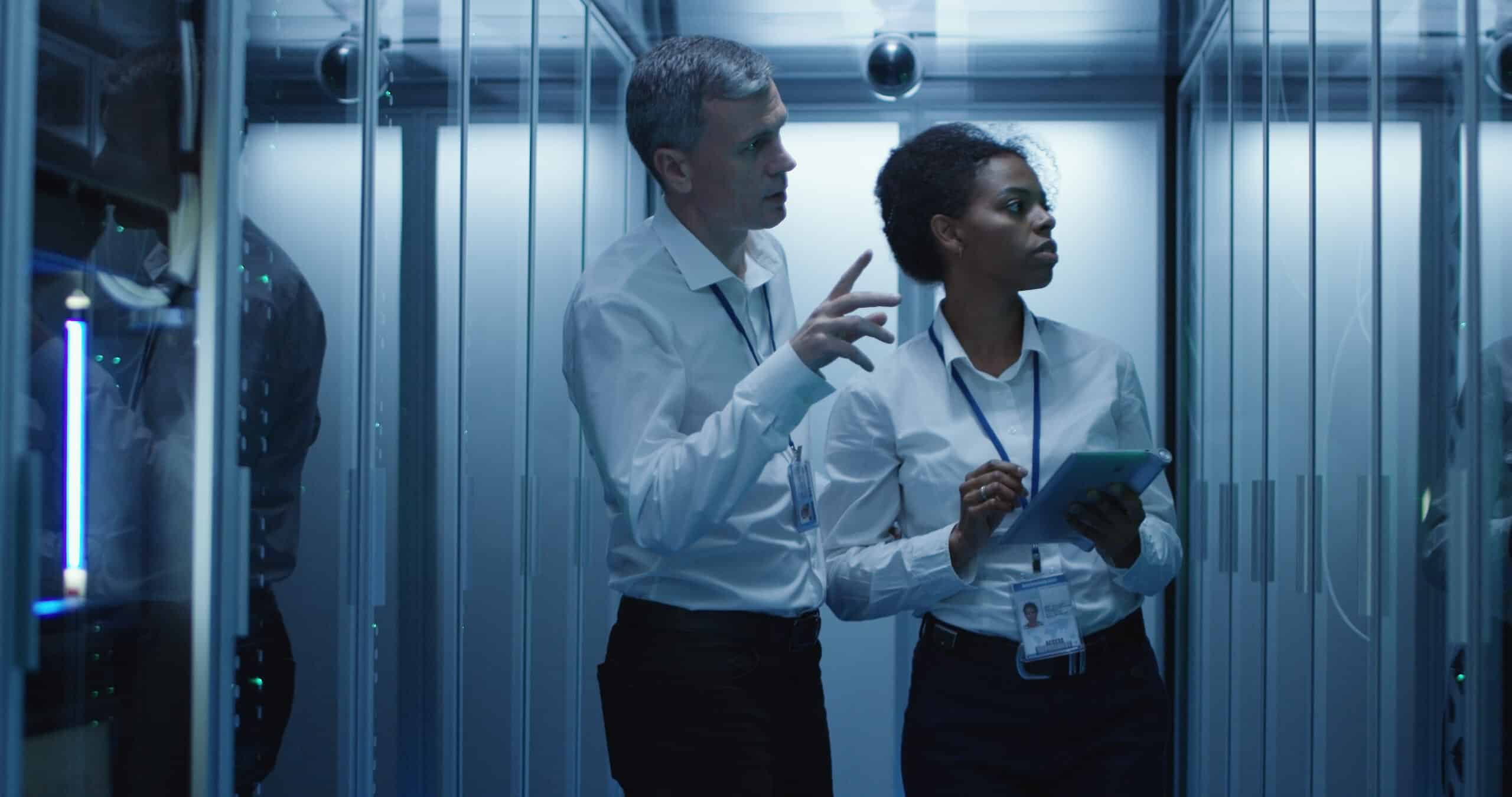Learn about US Pharmacopeial Convention (USP) regulation, USP 800, which addresses concerns over the handling of hazardous drugs in the healthcare setting.
USP 800 is an important step in protecting healthcare workers and the environment, but what does it mean for cleanroom design and functionality
Recently, Subzero Engineering attended the PCCA International Seminar in Houston, TX. Not surprisingly, the hot topic of the event was the recently adopted US Pharmacopeial Convention (USP) regulation, USP 800, which addresses concerns over the handling of hazardous drugs in healthcare settings. As an update to current compounding standards, this regulation incorporates information contained in USP 795 and 797 and adds the element of containment of Hazardous Drugs.
The regulation seeks to “identify the requirements for receipt, storage, compounding, dispensing, and administration of hazardous drugs (HDs) to protect the patient, healthcare personnel and environment.” Overall, the philosophy is that there is no acceptable level of exposure to hazardous drugs and that exposure should be limited to the lowest possible level by using engineering controls and personal protective equipment. The latest revision of USP 800 can be found here.
While it’s clear that USP 800 is an important step in protecting healthcare workers and the environment, it is also clear that there is some confusion on what USP 800 actually means for cleanroom design and functionality. During the PCCA International Seminar, our Critical Environmental Specialists were asked many questions about the modifications needed to make current cleanrooms USP 800 compliant before the July 2018 implementation date. Others asked what USP 800 means for their future cleanroom designs.
With the abundance of questions being asked, we wanted to take the opportunity to answer the most frequently asked questions to clear up some of the confusion.
The 5 Most Asked Questions About Cleanroom Design in the Wake of USP 800:
1. Regarding the requirements for C-PECs (Containment Primary Engineering Controls) and negative pressure rooms, what are the key differences between USP 797 and USP 800?
A lot of the regulations are congruent because USP 800 is meant to work conjointly with USP 797. There are a few exceptions, however, and USP 797 is expected to be updated with these new changes in the future.
In regards to USP 800, the regulation states that the negative pressure room has to be between 0.01 and 0.03 inches of water column more negative than the surrounding areas. USP 797, on the other hand, does not have an upper limit.
It is also a requirement of USP 800 for C-PECs to be located within a negative pressure room for all hazardous drug work. This does not have to be a CACI (compounding aseptic containment isolator).
The last difference is that all hazardous drug work needs to be done in a C-PEC.
2. Is a positive pressure ante-room required in a non-sterile hazardous compounding cleanroom per USP 800 regulations?
No. Non-sterile hazardous drug C-SECs do not require a positive pressure ante-room. It is a requirement, however, that they be physically separated from other areas, with negative pressure of 0.01-0.03 inches of water column relative to surrounding areas, as well as 12 ACPH. Refer to Figure 1 below.
3. Do C-SECs (Containment Secondary Engineering Controls) have to have HEPA (high-efficiency particulate air) filtered external exhaust?
The original draft of USP 800 did require that C-SEC rooms be externally vented through HEPA filtration. However, Section 5.3 FACILITIES AND ENGINEERING CONTROLS, Compounding has since been revised to indicate that C-SECs used for sterile and nonsterile compounding must be externally vented, but do NOT need to be vented through HEPA filtration. The official announcement of the change to USP 800 can be found on the USP website here.
4. Can the negative pressure be greater than 0.03” of water column?
No. USP 800 states that the C-SEC, or room in which the BSC (biosafety cabinet) is located for hazardous drug preparation, must be between 0.01 and 0.03 inches of water column more negative than the surrounding areas.
5. Can the hazardous drug C-SEC, or room, be accessed through an ISO Class 7 clean room where non-hazardous drug sterile compounding occurs under positive pressure?
Yes. While the non-hazardous drug room is under positive pressure, the hazardous drug room needs to be 0.01-0.03 inches of water column more negative than the non-hazardous drug room, as illustrated in Figure 2. Both rooms need to be ISO Class 7 and have 30 ACPH. Note that this configuration has a restriction on the BUD (beyond-use date) which is outlined in USP 797. USP 800, Appendix 2, denotes this to be typically used in oncology clinic settings.
Have more questions about USP 800 and your cleanroom design?
As a leader in USP 800 cleanroom technology, Subzero Engineering has the expertise required to design, engineer and construct your USP 800 cleanroom. Simplex products are distributed in the U.S. and Canada through a nationwide dealer network. Contact a Subzero Engineering Environmental Specialist today.







